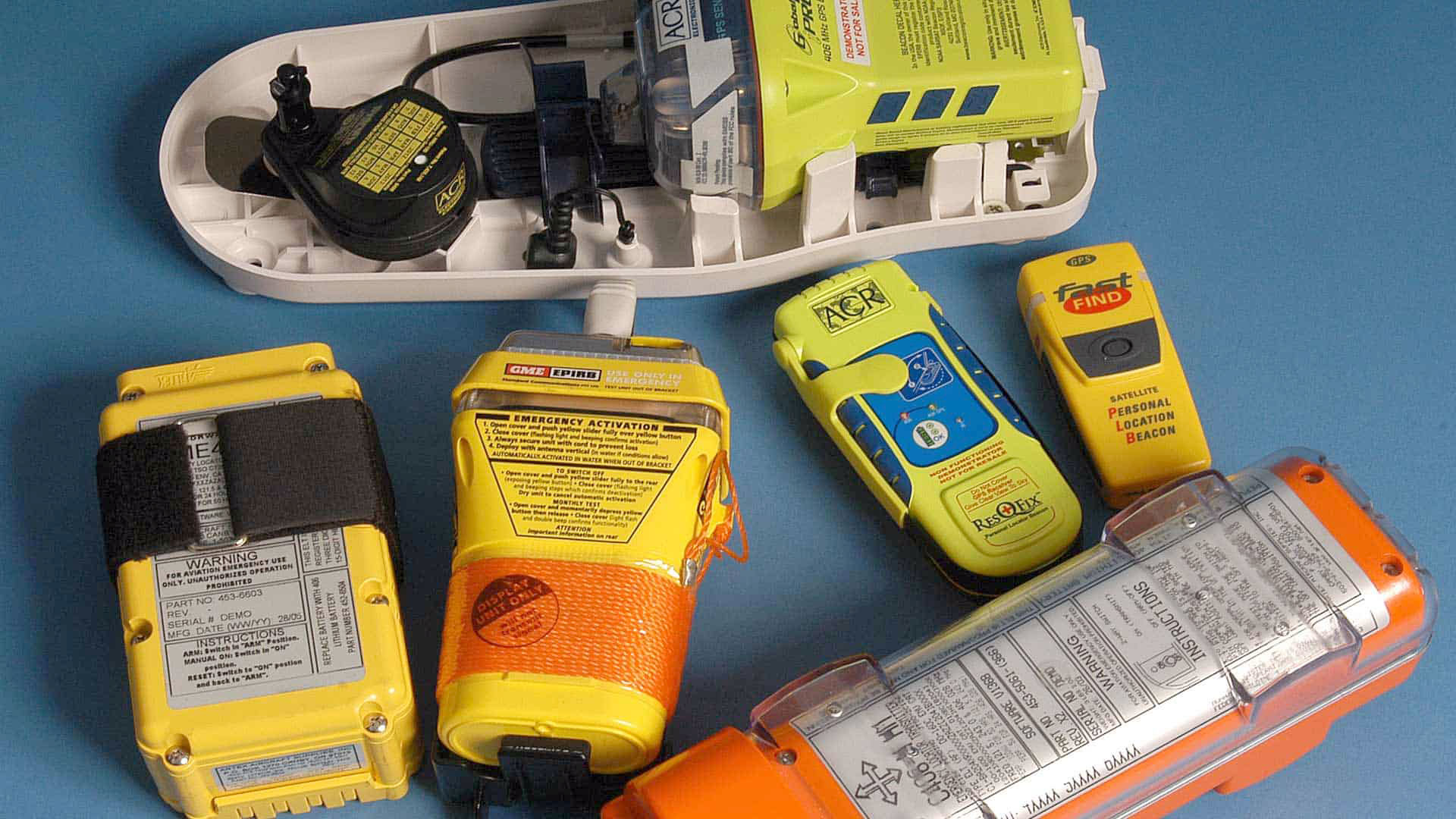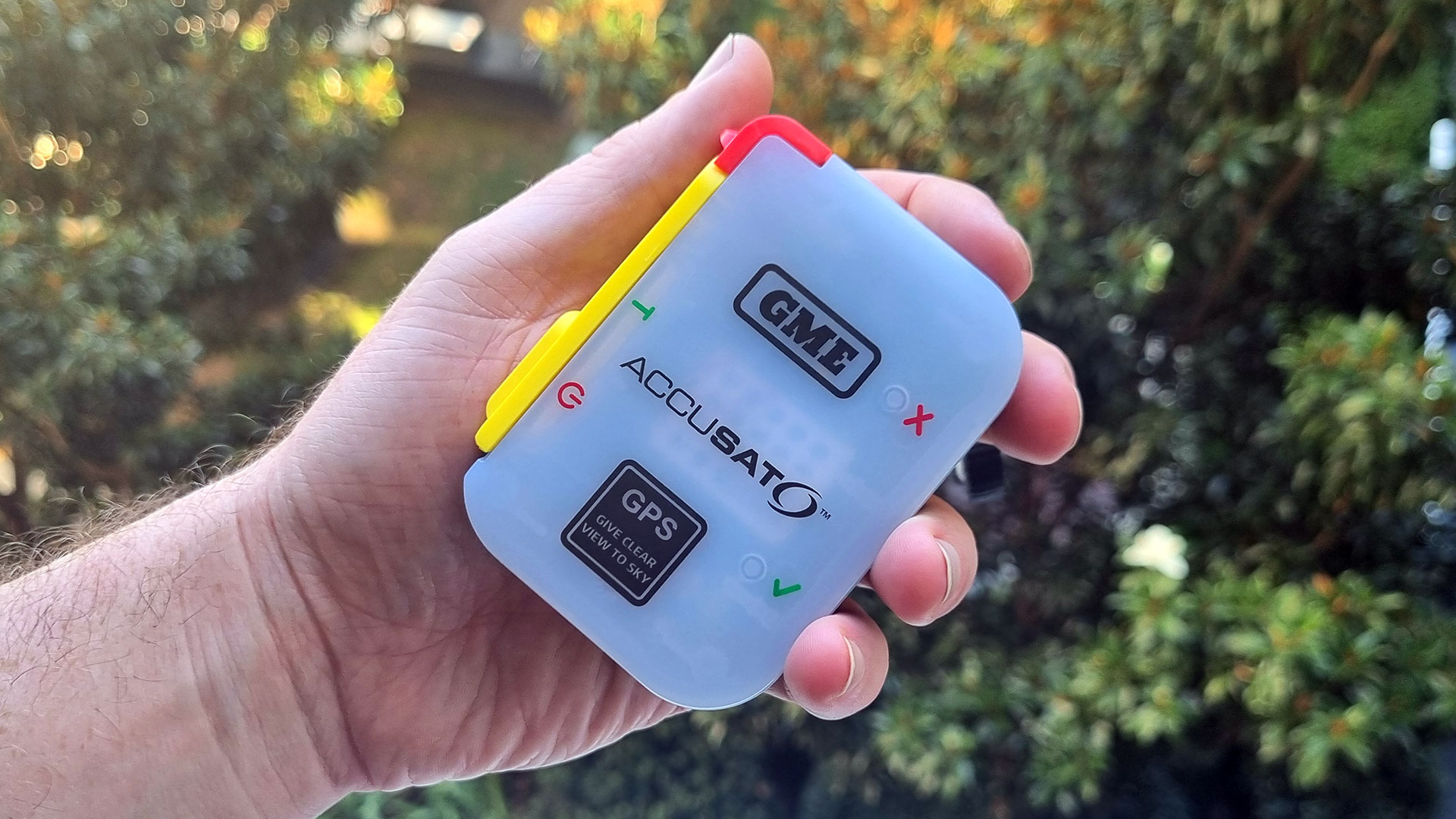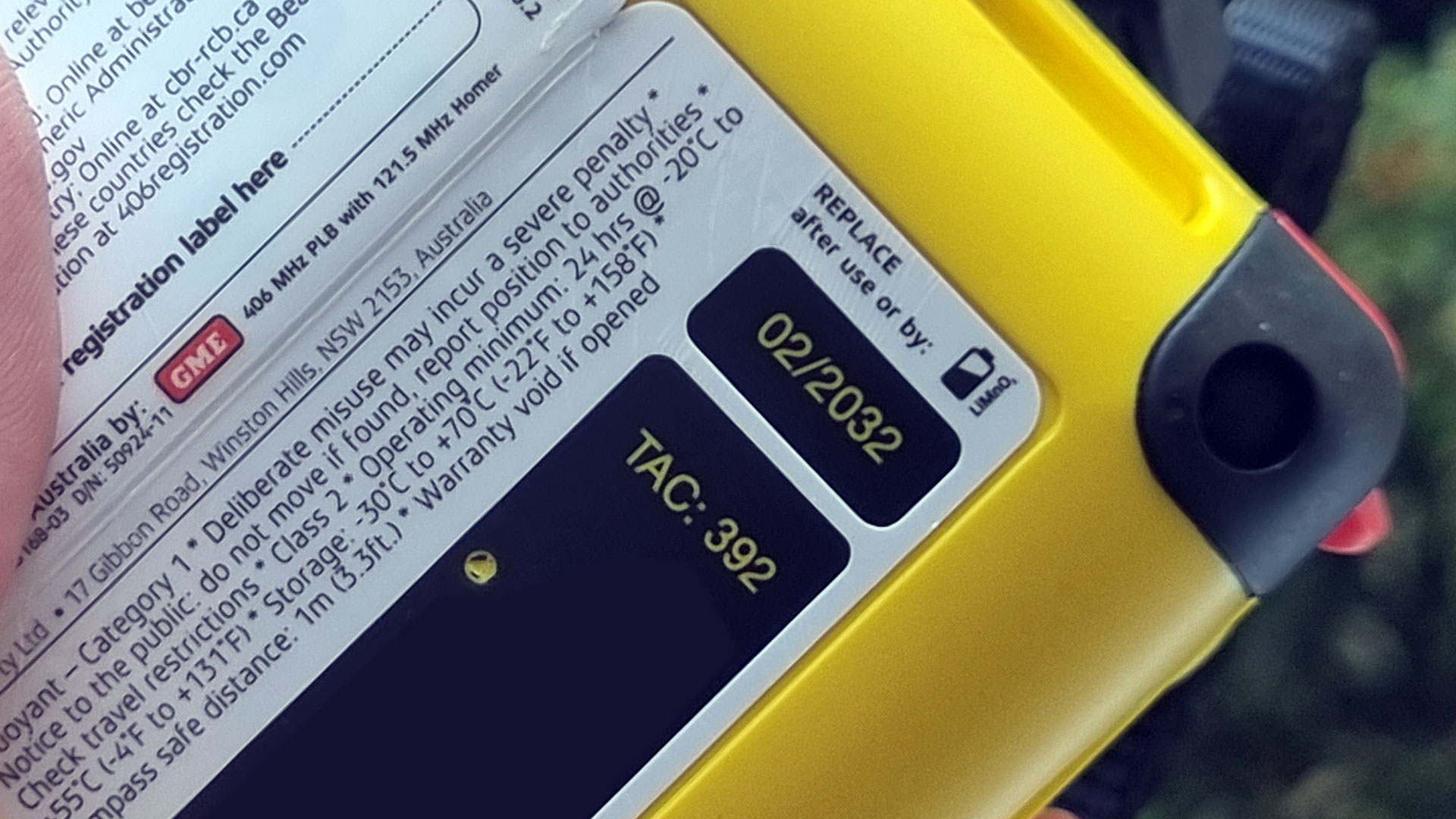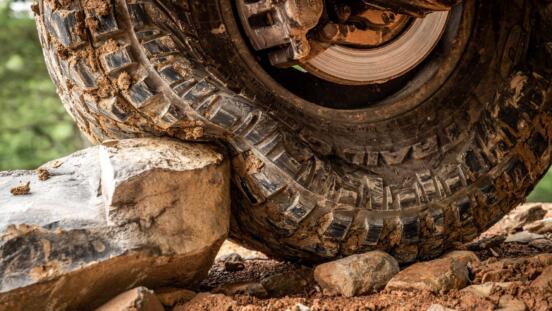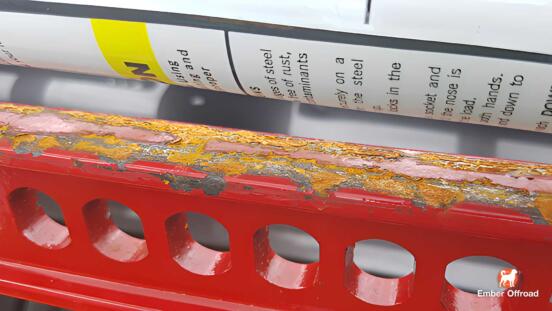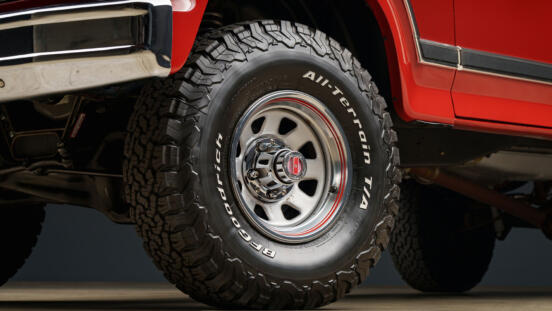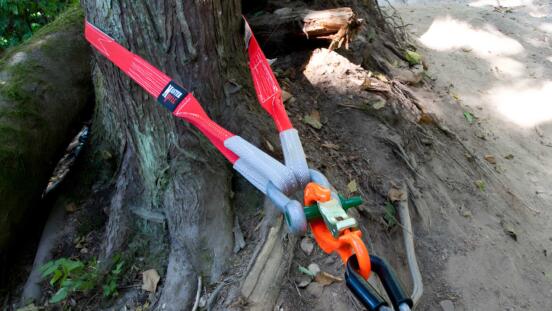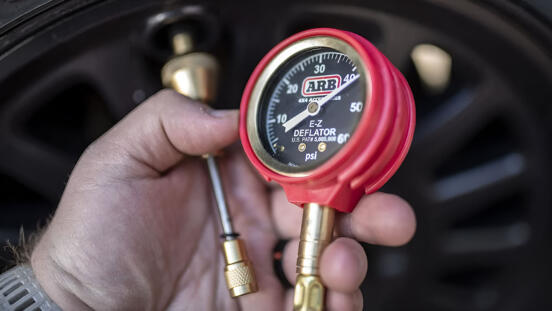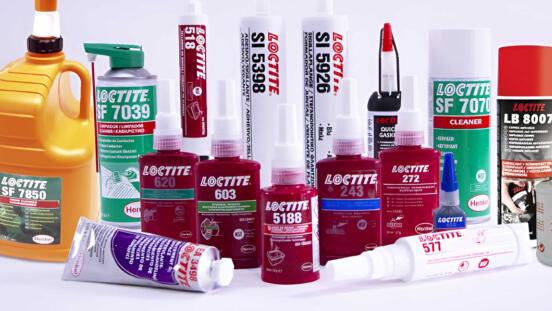Image credit: MariCorp
When touring and camping remotely, it pays to have an emergency communication system with you in case the worst should happen, which often brings travelers to the subject of emergency locator beacons.
Within this conversion though, there is often a bit of confusion about the different devices available - Emergency Position Indicating Radio Beacons (EPIRB), and Personal Locator Beacons (PLB) - what they're for, and what's suitable for your needs. So let's clear things up.
In the early 1980's, satellite-linked locator beacons were developed for crashed military planes. At the time, the technology was obviously unavailable and prohibitively expensive for recreational use, but, as technology improved and got cheaper, their use was expanded to cover seafaring vessels and finally became economical enough for everyday travelers.
In terms of core functionality, modern EPIRBs and PLBs are much the same. That is to say, both transmit on the same 406MHz frequency, which is the current standard and as long as you are within view of the satellite network, your distress call can be heard and help can be sent. But, their intended uses do mean some significant design and operational differences.
Emergency Position Indicating Radio Beacon (EPIRB)
EPIRBs (the larger units pictured above) are designed and intended for marine vessels. In addition to the fundamental "come rescue me" signal, EPIRBs must be fitted with a strobe light, float vertically for optimal positioning of the antenna and light, have a minimum battery/transmission time of 48+ hours (requirements may vary by country), a securing lanyard, and reflectors. They must also automatically activate when immersed in water.
Because of these physical requirements, EPIRBs are relatively large units, about the size of a liter bottle of milk (a quarter gallon). EPIRBs must also typically be registered to a particular vessel.
Personal Locator Beacons (PLB)
PLBs are effectively the same device as above but with the maritime requirement components removed.
A Personal Locator Beacon, like my GME MT610G (pictured above), is about the size of a flip mobile phone with a lanyard. It has no strobe or reflectors, a smaller battery for 24+ hours of transmission time, and while it will float, this is just to avoid sinking, it's not designed to float vertically upright for the benefit of the antenna.
Note: Some country regulations do not require PLBs to float. You should consider your needs and check this for any PLBs you're considering before purchasing.
PLBs are also manually activated and do not have an automatic activation trigger like EPIRBs in water. They can include strobes and reflectors, but this isn't mandatory as it is in the case of EPIRBs, so they typically favor size over these additional features.
As with the EPIRB, after you purchase a PLB most countries require it to be registered with the appropriate authority. In addition to having the details of who they are looking for when the beacon is activated, this also allows authorities to contact next of kin for additional information on your trip, more on where you might be, and what kind of trouble you might be in.
Maintenance
A critical point to remember... Batteries don't last forever, and both EPIRBs and PLBs require maintenance and battery replacements (or unit replacement) at regulator intervals. This is typically between 7 and 10 years, and the date when your beacon requires attention should be printed on the unit somewhere. Set a calender reminder for when this is due, you're beacon won't save you if you've let the battery die.
Which is right for you?
If you intend to use your locator beacon for marine activities, most countries require you by law to have an EPIRB when operating a certain distance from shore; check your local laws and regulations to confirm this as they do vary from location to location.
But if you're reading this website, you're likely a camper, overlander and four-wheel-driver like me, in which case a PLB should be ample.
# PLB for camping, emergency beacon for touring, rescue beacon for offroading.

